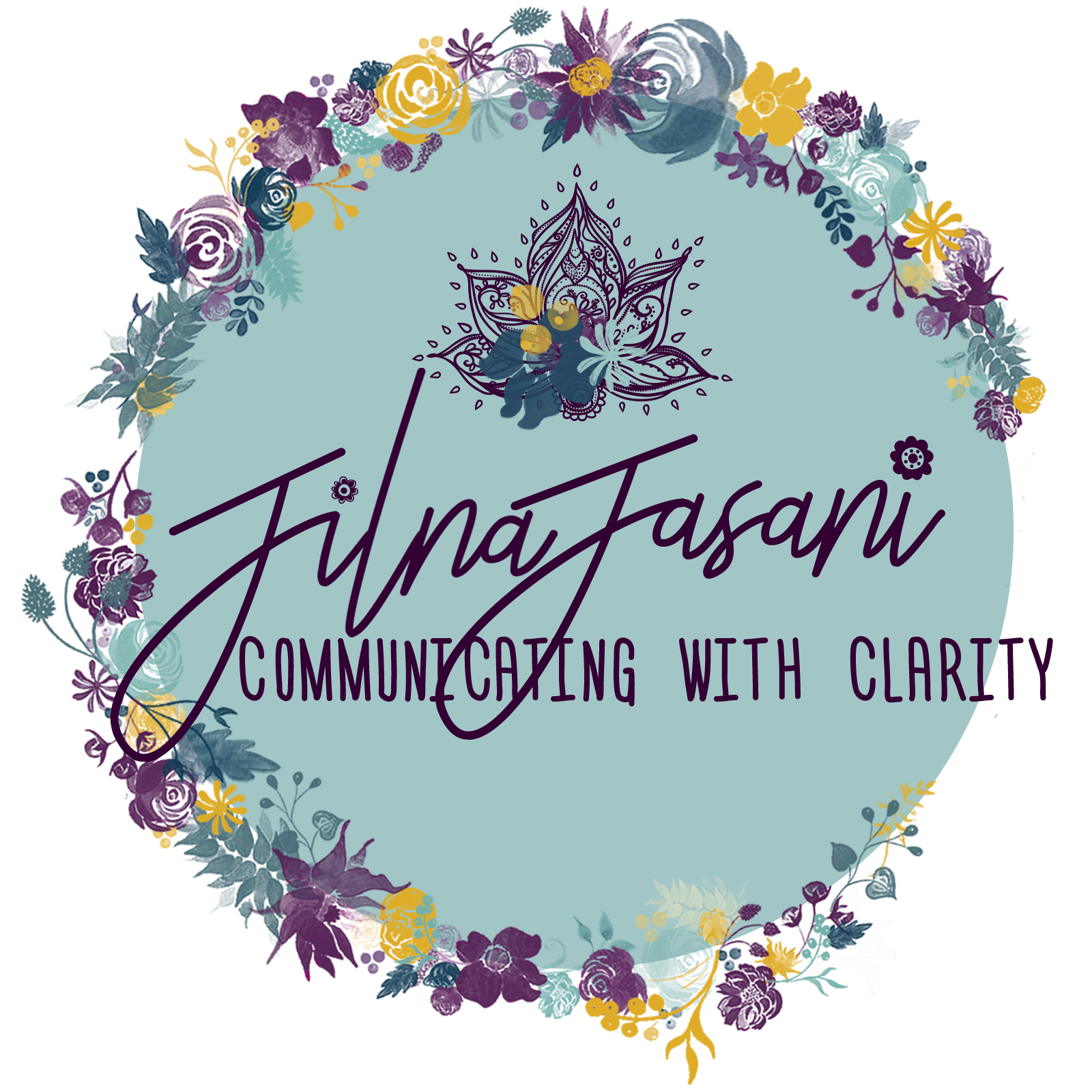
Let’s Talk Sibling Rivalry!

Sometimes when you try things from our Thriving in the Truth session, it doesn’t work the way you had pictured.
You understand that not only are your reactions unrelated to the cause of the conflict, but also that the blame and shame towards your older child is hurtful to them… and yet it’s so hard to disrupt the automatic responses without feeling guilty afterwards.

“She’s still young, she doesn’t understand. Give her your toy.”
“You can’t push her, she’s little. It’s only a toy.”
“You’re older than her. Please give her the toy.”
I hear you. First, give yourself some compassion. Your reaction is not your intention; it is an automatic response pattern that you are carrying from how “sharing toys” was modeled in your childhood. Disrupting patterns takes practice.

Perhaps this will give you some applicable tools on how to communicate in a way that not only acknowledges both children, but also models compassionate communication, which will teach them how to communicate with each other when they find themselves in conflict.
With sibling rivalry, it’s crucial to understand the difference between correction and connection.
It’s not always simple to see and apply that in the moment, though, is it?
So what’s the difference? How do we approach a conflict between siblings so that both receive the support they need?
Connecting with a distressed child is a part of understanding and correcting the whole. In other words, without correcting the rivalry in its entirety, connecting remains independent of correcting.
Let’s look at what ‘understanding and correcting the whole to help them connect’ looks like…
Correction requires a simultaneous deconstruction of each sibling’s perception individually, in relation to the present moment and/or what actually happened.
Ask each child how they saw the conflict happen:
“Share with me what happened?”
“Now, can you tell me your side?”
Each one sharing helps the other see a different perspective clearly.
“He pushed me and it hurt.”
“You took my toy without asking, again!”
Validate each child’s experience and ask if they can see how the other saw the conflict happen differently.
“Did you hear him? He feels hurt.”
“Can you see why he pushed you? He’d like you to ask him before you play with his toy.”
Ask each child to state what they need going forward.
“Would you like him to ask you not to play with his toy instead of pushing you? Yes? Ask him.”
“Would you like him to ask you before he plays with your toy? Yes? Tell him. I’m happy to help you explain if you need it.”
Ask each child to repeat what they heard the other say to ensure they are in agreement.
“I need to ask him for his permission before I play with his toy.”
“I’ll tell him not to play with my toy. If he doesn’t listen, I’ll ask you to help me tell him.”
Each child understands they do not exist independently of each other when they choose to play in the same room and/or together.
Growth is only effective if connection and correction are in play.
An alternate way to communicate is one where you can connect and correct in a way that you can attune to each child by observing, reflecting, empathizing, and taking on a new perspective.

For a younger child who is still developing language, you may find that they express their emotions in the form of crying; in which case they can be connected to by saying “You’re crying. You’re hurt. I understand. I’m here for you and you’re safe.” When this child is met with empathy, they will be left feeling safe and understood.
In this case, work with the older child to co-create a solution that meets their needs while also acknowledging the developmental age of the younger child:
“He’s 1. He may not understand yet. Is it okay for you to play with this toy in your room for now, and in the meantime I will help your little brother practice asking?”
It’s important to remember that without correction of what led to each child’s distress, the hurt is left unprocessed. And it’s likely both children will repeatedly find themselves in similar situations.
I would love to invite you to explore this further, along with more ways that will allow you to develop an understanding of how to engage in compassionate communication with your children. Practicing this regularly will, eventually, naturally give rise to them practicing conflict resolution with little to no help from you.
Group Coaching: Thriving in the Truth Follow-Up is a time and space where I will provide answers to your questions and encourage coaching around them so that you can begin to practice going deeper to find the issues and causes. Then we’ll be able to discuss how you can adjust and apply the concepts so that they fit you and your situation better. It’s a wonderful, intimate, safe group of other like-minded moms on the same journey.

